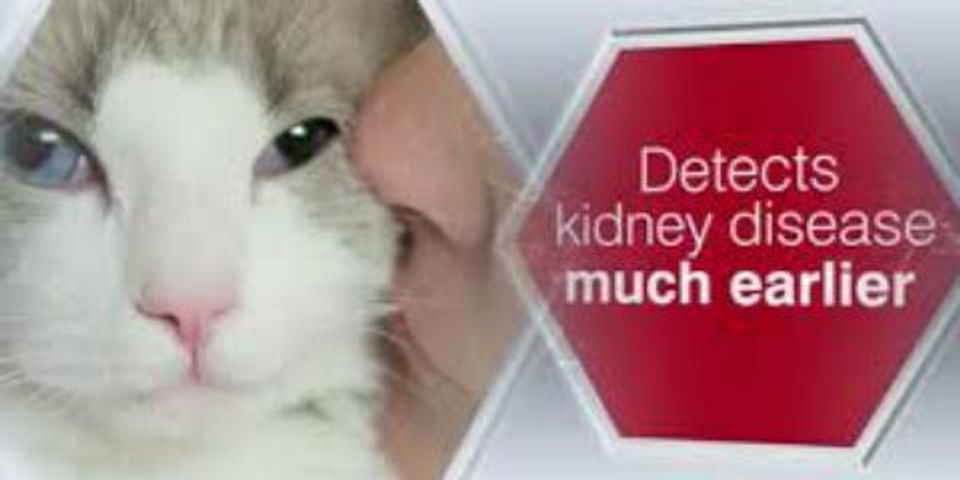
1 in 3 cats and 1 in 10 dogs could develop chronic kidney disease in their lifetime, and it's a leading cause of death for cats. Signs of kidney disease include:
- increased thirst
- increased urination
- decreased appetite
- weight loss (especially muscle loss)
- vomiting
- lethargy
We assess kidney function in a couple of different ways.
- The Blood Urea Nitrogen (BUN) and creatinine are measured in the blood and both start to increase when a dog or cat loses 75% of his kidney function. In general, the higher a pet's BUN and creatinine, the more sick he or she feels and the more advanced the disease. Unfortunately, by the time these are elevated the damage to the kidneys is often irreversible.
- A more sensitive marker of kidney function is the concentration of the urine. Dogs and cats will start to show dilute urine (determined by measuring specific gravity in our laboratory) when they lose 60% of their kidney function. At this stage owners may observe that their pet is more thirsty at home, but they usually feel perfectly well as long as they stay hydrated.
- In the summer of 2015, IDEXX laboratories launched a new blood test to catch even mildly decreased kidney function in dogs and cats. SDMA is a normal waste product of cellular activity and it leaves the body through the kidneys. Increased SDMA levels can be detected with 40% kidney function loss - and, in some cases, as early as 25%.
Obviously, detecting damage to the kidneys earlier opens up many more treatment options. We can search for the underlying cause, and possibly even reverse the damage. We can change the pet's diet to protect the remaining kidney function. We can monitor our patients over time, and add in drug therapies or other treatments as needed if disease progresses.
We at the Montgomery Animal Hospital are proud to include the new SDMA test with every annual blood profile starting at age 7 for no extra charge to our clients. We also recommend laboratory screening every 6 months for pets 10 years old and above, as diseases are most likely to occur to our senior pets and changes can happen quickly. Of course, our younger patients can receive the screening on an as-needed basis.
Thank you to Roy Brinkman for suggesting the subject of this post.
About the Business
Have a question? Ask the experts!
Send your question

